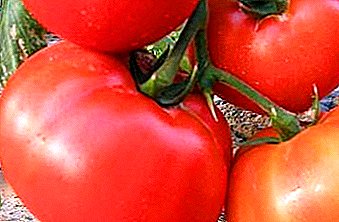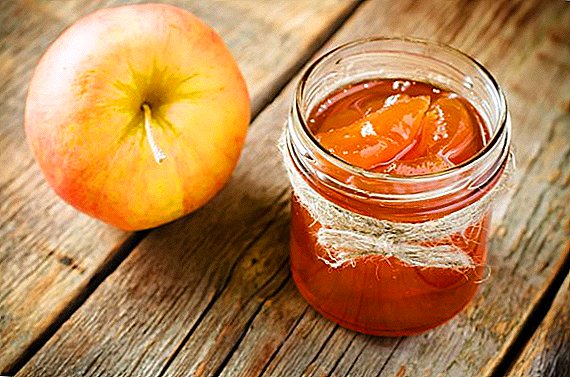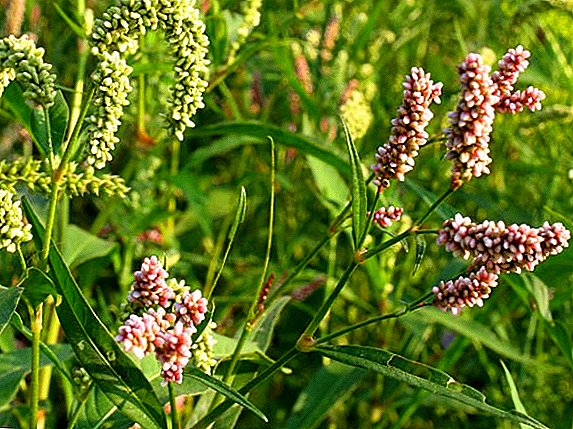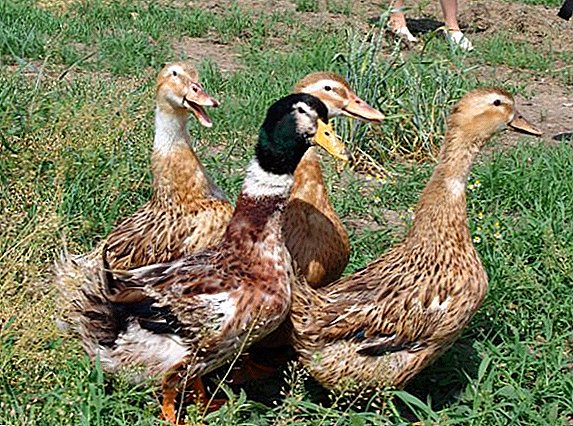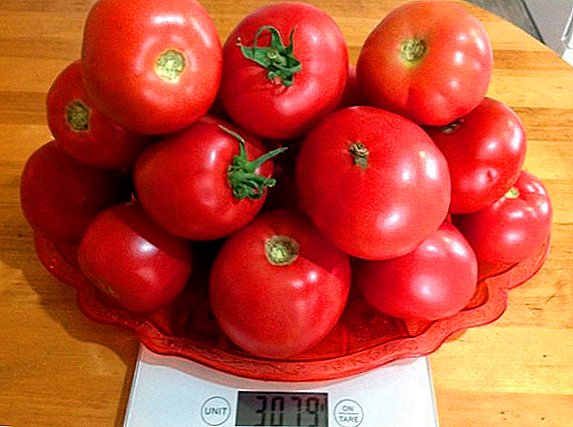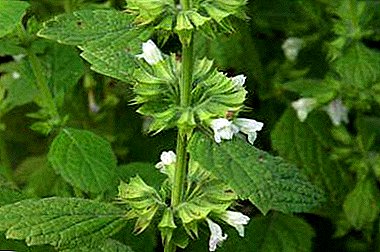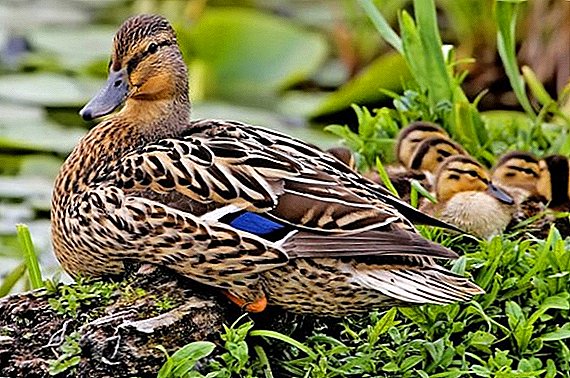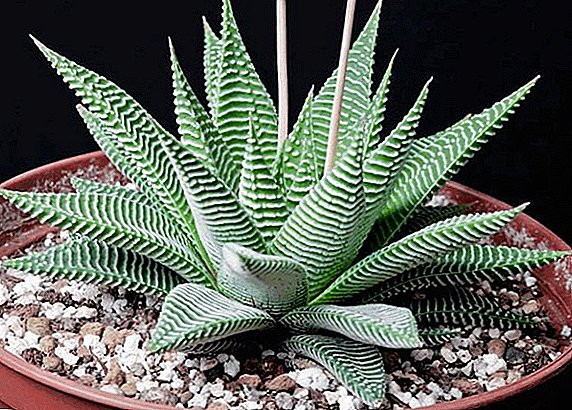 House havortia is a perennial decorative evergreen flower belonging to the Asphodelov family, differing from others in its extraordinary leaf structure and compact form. The birthplace of the flower is South Africa. Many plants from this country in one way or another can be dangerous, so some people, first of all, wonder: "Haworthia: poisonous or not?". In fact, this flower contains poisonous toxins in the juice, but their concentration is insignificant and cannot harm the health and life of a person.
House havortia is a perennial decorative evergreen flower belonging to the Asphodelov family, differing from others in its extraordinary leaf structure and compact form. The birthplace of the flower is South Africa. Many plants from this country in one way or another can be dangerous, so some people, first of all, wonder: "Haworthia: poisonous or not?". In fact, this flower contains poisonous toxins in the juice, but their concentration is insignificant and cannot harm the health and life of a person.
Did you know? Haworthia got its name in honor of the scientist-researcher Adrian Haworth, who devoted himself to studying the plant world of the tropics and subtropics of Africa.Natural conditions for the growth of havortiya are dry stony and sandy slopes, where the plant skillfully hides under trees and shrubs. In a plant, havortia surprises and fascinates absolutely everything: how it blooms, what it looks like, what kind of care it requires. Therefore, it is not surprising that the popularity of this flower is great and constantly growing. But you should not rely on the fact that havortia will grow by itself, because even for it, it is necessary to create optimal conditions in the house.

What conditions are needed for havortiya in the house
Along with the unpretentiousness of the plant in natural growing conditions, in order to adapt havortiya to our region and home cultivation, it is necessary to create the necessary minimum of living conditions. Experienced growers strongly recommend paying special attention, above all, to the location of the plant in the house, the choice of lighting and temperature.
Location and lighting
First of all it should be noted that in natural growing conditions the plant prefers to hide from direct sunlight. This is not surprising, because under the influence of a bright, scorching sun on the leaves often appear burns (brown spots), and also begins their drying.  The western or eastern side of the room, where there is a sufficient amount of ambient light, is most suitable. The choice in favor of the window sill on the north side is not likely to provide the necessary lighting, which is why this room flower will slow down its growth.
The western or eastern side of the room, where there is a sufficient amount of ambient light, is most suitable. The choice in favor of the window sill on the north side is not likely to provide the necessary lighting, which is why this room flower will slow down its growth.
It is noteworthy that it is the wrong choice of location and lighting, most often, is the answer to the perennial question: "Why is the havortia not growing?".
Temperature
The plant can easily tolerate high temperature in the room, but you should not keep it at temperatures above + 25 ° C. It is a moderate, constant temperature that has a positive effect on the growth rate of the flower and helps reduce the risk of all sorts of diseases.
This is due to the fact that havortia promptly reacts to a rise in temperature by slowing the growth (in order to save forces, water and nutrients present in the soil).  During the period of rest, that is, wintering, the plant should be provided with a content in the temperature from + 10 ° C to + 15 ° C with a slight darkening.
During the period of rest, that is, wintering, the plant should be provided with a content in the temperature from + 10 ° C to + 15 ° C with a slight darkening.
How to care for havortiya at home
Despite the amazing and quite unique appearance, not inherent in the plants of our region, havortia is extremely unpretentious to the conditions of home growing, which is why anyone, even an amateur grower, can easily grow this beauty.
As in the case of other plants, of course, you should understand and take into account all the nuances of how to properly care for the havortia. 
Watering rules
Watering khovartii should be moderate and careful. So, at the appropriate air temperature in the room, it is enough to water the flower no more than 1-2 times a week. It is important not to pour plenty of floral soil, but only slightly moisten it.
Immediately before irrigation, it is recommended to inspect and test the soil - it must be dry and not have signs of damage from diseases and pests (often due to improper irrigation).
Learn more about the proper home care of plants such as New Guinean Balsam, Nolina, Plumeria, Campanula, Echmea, Lavater, Ahimenes, Schefflera, Phytonium.It is noteworthy that in natural conditions of growth havortia is able to endure even a long drought absolutely calmly, but at home it is better not to experiment with this and water the plant regularly.
In winter, havorti should be allowed to settle at a temperature of + 10 ... + 12 ° С, watering it at the same time no more than 1 time per month. 
Air humidity and room ventilation
For this plant, the humidity of the air is not the determining factor, since herbicum grows well even in those rooms where the air is too dry. In this case, excessive moisture should be avoided, because it is this factor that can be destructive not only for havortiya, but also for any other indoor flower.
It is not necessary to wash or spray the plant. It is much better to deal with the dust on the leaves with a soft, damp cloth or sponge. At the same time, water should be avoided in the middle of the leaf bosom or the flower rosette. 
It is also necessary to air the room gently and moderately. 1-2 windings per week are quite sufficient, lasting up to 1-2 hours (depending on the temperature outside, the presence of wind and the volume of the room). It is important that there be no drafts, and the flower does not stand directly at the open window.
Important! Along with the unpretentiousness of the plant, regular violation of the rules and recommendations regarding the conditions of its maintenance, can be disastrous for him. In view of this, it is extremely important to understand that for havorti it is enough to irrigate a little, to air and to fertilize.
Fertilization
Fertilization havortiya is strongly recommended only during the active growth of the plant, that is, in the period from March to October.
As the main means of feeding, it is best to use multicomponent complex fertilizers for succulents based on minerals.
Fertilizers must be applied simultaneously with irrigation, but not more often than once a month. This is due to the fact that havortia likes balanced soil, that is, without an excess of nutrients.  During the dormant period of the plant, fertilizers should be discarded.
During the dormant period of the plant, fertilizers should be discarded.
Rest period
In winter, havortia, like the majority of succulents, falls into a certain period of rest. All the life processes of the plant are significantly slowed down, which is why care should be special.
First of all, at this time, the frequency of irrigation should be reduced to 1 time per month and, as mentioned earlier, refuse to feed. It is recommended that Haworthia at rest be put in a cool dark place with an air temperature of + 10 ... + 15 ° C.
Important! If winter is left in the room with a temperature of + 20 ° C and higher, it will leave the state of rest and continue to grow, but due to insufficient natural light, the havortiya leaves will grow slowly and lose their decorative appearance.
Transplant rules: requirements for soil and pot
Transplant havortiya, like any other flower, is a mandatory process that requires special attention and reverent attitude. Moreover, the transplant of this plant has a number of features that are strongly recommended to take into account experienced flower growers.
So, what soil does havortia like and how to replant a flower? Let's figure it out. 
Plant transplantation is best done in the spring, when havortia is strong enough and more easily tolerates changes in the conditions and quality of the soil.
It should be understood that transplanting is a stress for a flower, therefore, usually, only that herb has transplanted, the pot of which is already too small (the flower easily tolerates a slight embarrassment in size, but with a prolonged lack of space it begins to wither).
When choosing a planting container, it is better to give preference to a wide, but shallow pot with high-quality drainage at the bottom.
Did you know? Based on the long-term cultivation of this plant, experienced growers have concluded that the havortii is more suitable for a round pot than a square one.The substrate for havortiya is formed from clay-sod and leaf land, as well as sand. In addition, experts recommend adding a small amount of brick chips to the soil.
Due to the fact that the brick absorbs excess moisture and significantly increases the porosity of the soil, the introduction of brick chips allows you to adjust the moisture content of the substrate. Over time, the concentration of nutrients in the soil decreases, which is why experts recommend carrying out mineral supplements. 
When transplanting, it is advisable to lay flower drainage on the bottom of the pot, filling it with a prepared substrate from above. A potted flower should be centered to ensure even growth of the root system.
You will also be interested to learn about the rules of transplanting other plants, such as orchid, chrysanthemum, cactus, garden fern, autumn crocus, balsam.Havortia should be filled with soil to the top level of the roots, at the same time providing them with reliable protection and easy access of water during irrigation.
After the initial watering, shrinkage and compaction of the flower in the soil, it is desirable to add a few more centimeters of substrate to the pot.
Important! In the process of transplanting it is necessary to carefully monitor the state of the root system of the flower, in every possible way protecting it. Any damage to the roots in the future can not only lead to diseases, but also to the complete destruction of havortiya.
Disease and pest resistance
By its nature, havortia is quite hardy and resistant to diseases of various kinds, but in reality, under the conditions of household maintenance, a flower, nevertheless, is occasionally subjected to attacks from diseases and pests.
The most frequent pests of this plant include aphids and mealy cherries. In order to detect them, it is sufficient to conduct a regular visual inspection of the plant for the presence of damage and modifications (usually carried out during watering). On the surface of the flower pests enter through the open air or soil.
In case of detection of pests, you must immediately begin to fight them, otherwise the plant will quickly die. As processing agents, it is allowed to use purchased formulations or independently prepared thick mixture of soap, grated garlic and water (mixed in equal proportions). Need to handle the entire surface of the leaves.
It is noteworthy that when pests are detected, it is necessary to process not only 1 leaf, but the entire plant as a whole. 
Haworthia simply tolerates the disease. To do this, feed the flower and put it in a warm, bright place without drafts. You can carry out preventive treatment of plants from diseases and pests.
It is desirable to do this with special means and preparations, but not more often than once a month, since chemicals can accumulate in the soil and destroy the flower.
Get acquainted with the preparations and means that are used for other plants: "Biohumus", "Fundazol", "Heteroauxin", "Etamon", "Quadris", "Hom", "Alirin B", "Ovary", "Kornevin", " Bi-58 "," Chunky "," Gamair "," Energen "," Topaz ".
Ways of breeding havortiya
There are several ways of propagation of the flower havortia: reproduction by cuttings and propagation by seeds. Each of them has its own characteristics, which you should definitely take into account in order to easily and easily propagate this marvelous plant.
- Reproduction of havortiya by grafting
Did you know? Due to the simplicity and high efficiency of the method, the reproduction of a flower by cuttings can be considered as the main one now. Seed propagation is extremely rare and, often, only with mass cultivation of havortiya for sale.If the cut cuttings already have 2-3 leaflets, but there is no root system, the cut should be treated with ashes and / or a means to accelerate root growth, then dry for several days. Thus obtained seedlings can be planted safely in the wet sand or directly into the ground. A similar technology is used in the reproduction of leaf cuttings: after drying in air, the cutting is buried in wet sand before the formation of the root system, after which the havortia can be safely planted in the ground.

It is noteworthy that prior to the formation of roots, it is necessary to abandon the abundant watering of the soil, limited only by periodic sprinkling of the soil surface with a small amount of water. Propagation by grafting is best done in the spring, when the flower easily tolerates changes, or in the process of transplanting it.
Important! During the period of formation of the root system, it is strictly forbidden to cover a container with transplanted havier with glass or film (recommended for seed multiplication), since intact cuttings may simply rot.
- Reproduction havortiya seeds

It is desirable to fertilize the soil in advance, and in the process of germination to ensure proper care (watering and loosening), protection from pests and weeds. It is worth noting that due to the nature of the plant (low germination), its propagation by seed, most often, is difficult and can take a lot of time, therefore it is extremely rare. At home, experienced growers recommend breeding havortiyu first method.
We share with you the intricacies of reproduction of other plants: mountain ash red, zamiokulkas, mountain ash black fruits, dieffenbachia, heather, hosts, physalis, clematis.Haworthia is an amazing plant that grows well at home. In order for a flower to enjoy its beauty and originality for a long time, it is enough just to create the necessary minimum conditions for maintenance and to provide basic care. In view of this, it is not at all surprising that lately havortia has been increasingly found in the homes and apartments of people seeking to bring some flavor and variety to their interiors.


